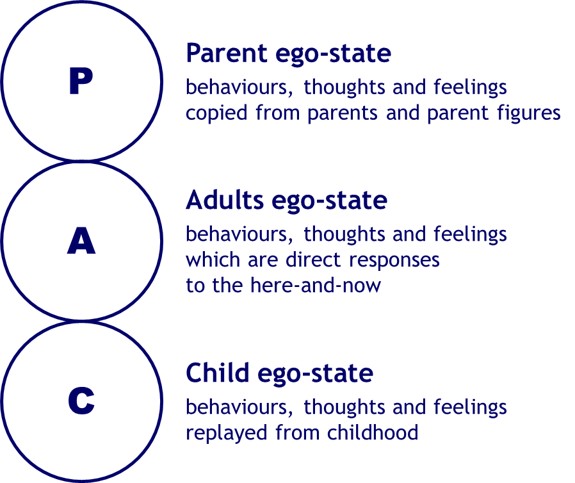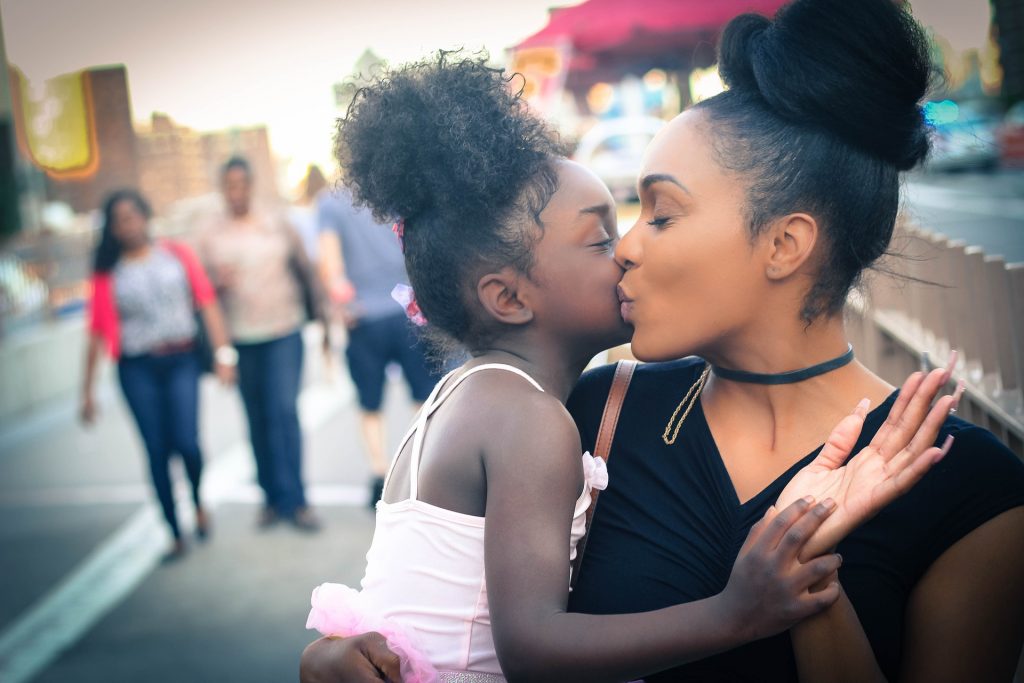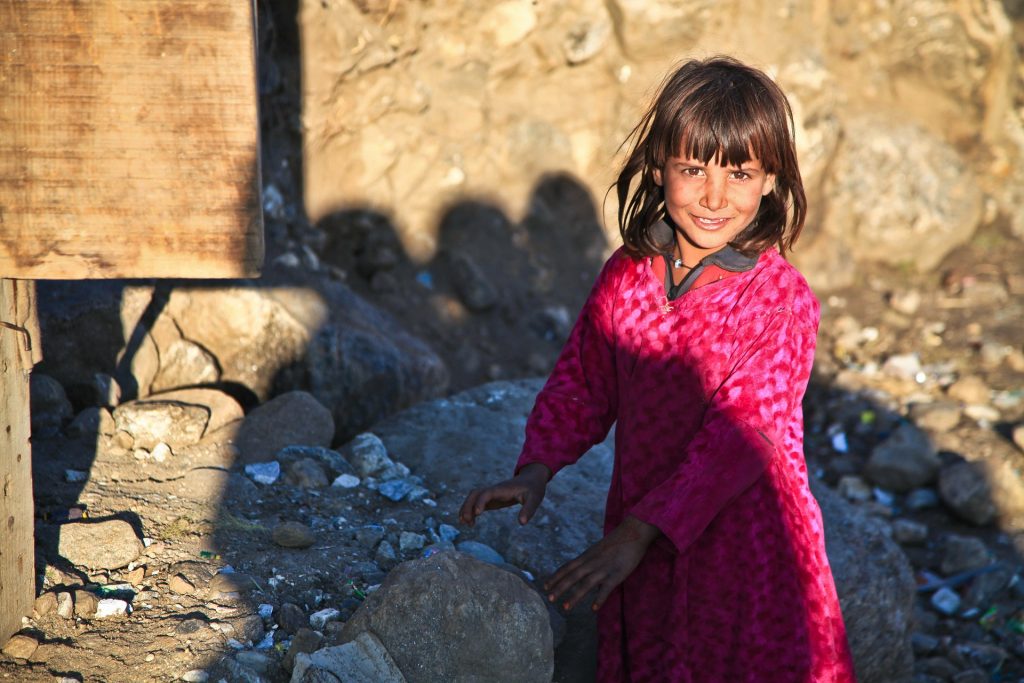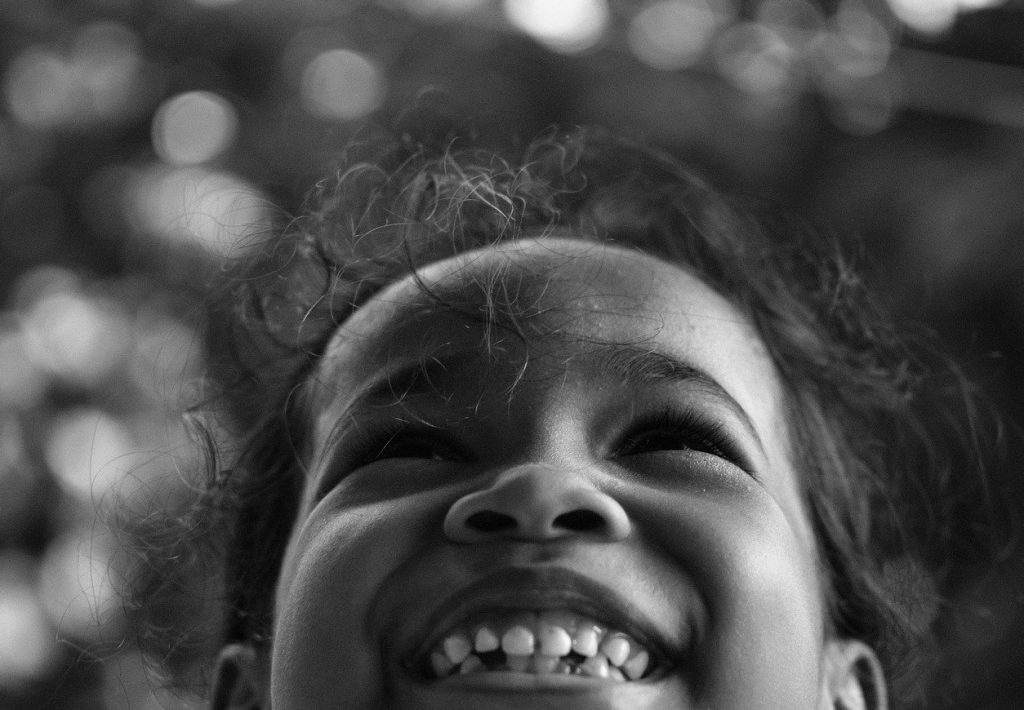Listening to your inner child
When is it OK for a therapist to talk about their pants? The answer is (I hope 🤔) right now!
Putting on my therapy pants!
My training was in Transactional Analysis. The ‘transaction’ is any interaction with another person, and one of the aspects that we ‘analyse’ is what ego state someone is in when they are interacting with someone else.
Too much jargon? Sorry. But ‘ego states’ is really shorthand for describing a way of being that is related to past experiences – and I love this model because it’s really easy to understand.

There are three ego states – Parent, Adult and Child. When you’re in Adult, you’re operating in the here and now; it’s a useful state for problem-solving and for managing day-to-day concerns.
Your Parent ego state is influenced by messages from your parents and other care-givers or important authority figures in your life. It’s the voice in your head that says “Don’t speak with your mouth full”, “Always put others before yourself” – and various other instructions and accepted wisdoms for getting on in life. Many of these help you get on and be accepted in society, but this voice can tip over into criticism and an internal voice that tells you you’re only OK if you’re keeping people happy, for example.
Your Parent can be nurturing as well, with messages like “You’ve overdone it this week, you’ll get overwhelmed if you see too many people” that can help you take care of yourself – but that can also tip over into “Don’t run! Don’t do anything spontaneous!”

Then your Child. Your Child often adapts to the Parent by responding to critical messages, and sometimes rebels by behaving badly, for example eating or drinking too much.
But you also have a Free Child somewhere in there. And this is the part that gets excited when it snows………..or enjoys swimming in the sea……or doing some kind of fun or joyful activity. For some people, this little guy doesn’t often get a look-in. It has its roots in a very young you, before all that conditioning and learning how to behave, and its focus is itself and what it wants. Selfish in a completely natural and positive way, it’s a vital part of your wellbeing!

“So what’s all this about your pants?”
(said nobody, as they’re relieved I’ve got off the topic).
WELL, I was reminded of the simple Parent Adult Child model the other day when I needed to buy some undies (long overdue because I hate shopping except when it’s for food). My internal conversation when I got into M&S went something like this:
🩲 I need new pants. (Adult)
Which ones do I normally get?
🩲 You won’t be able to bring them back. (Parent)
🩲 Oh dear, I’d better make the right choice. (Adapted Child)
Why do they have to change anything ever? This is too hard!
🩲 Look at these red stripey ones! (Free Child)
🩲 These ones look right. But where are they made? Have they got plastic in them? (Adapted Child)
🩲 Perhaps I should try and get ones that are comfortable for rowing in. (Nurturing Parent)
🩲 I’d better get it right or it’s a waste of money if I can’t return them. (Adapted Child/Critical Parent)
🩲 Why don’t I try them on, there’s a fitting room just here. (Adult)
🩲 OK, so which are the most ethical and also comfortable and right for every possible occasion? (Parent)
🩲 Look at the stripey ones! I WANT THE STRIPEY ONES! (Free Child)
Guess what? I bought the stripey ones. A daft illustration perhaps, but it gives a sense of how we can move between ego states from moment to moment – and it also shows how each state has their role to play.

People often assume when they first learn about this model that they should be in Adult all of the time. We’re adults, right? But actually, the reality is that our Adult is often contaminated by the Parent or Child getting in on the act and having a little battle with each other out of awareness. If you find yourself using the word ‘should’, there’s a good chance that you’re in Parent mode.

In the dialogue above, the Parent was, at least some of the time, concerned that I was going to be comfy in my new pants. That would certainly have been my mum’s driving message when she was buying pants for me when I was little, which I guess equates to ‘be sensible’ in my head.
The Free Child was reminding me that joy in simple things – red stripes in this case – is OK.
So it’s not so much about it not being OK to be in our Parent or Child ego state, but it can be really helpful to increase our awareness of when we are being influenced by them – whether our response to something is based on the here and now or whether we’re being swayed by messages from our family history, or by beliefs of what keeps us safe from the imperfect logic we used to make sense of things in childhood.
One of my supervisors used to ask me – when I was feeling uncomfortable or unsettled about a choice I had to make “Are you making this decision from your Adult?” And that was really useful, because it would help me see that sometimes my decision-making was being influenced by a Parent-Child battle between ‘shoulds’ and beliefs of what I thought would ‘help people to like me’.
Much of the work of therapy is often about integrating these ego states into our Adult so that they can bring their own wisdom, experience and sense of fun into our day to day experiencing. When I’m working with clients, I’ll sometimes suggest that they pay attention to what’s going on in their body, as often this can tell us something about what their Child is wanting, or is afraid of.
And every day when I get dressed I smile when I pull out a pair of stripey pants. 🩲🩲🩲

Reference: Berne, E. Transactional Analysis in Psychotherapy. New York, Grove Press 1961.
